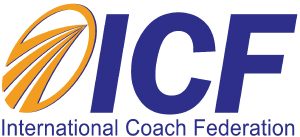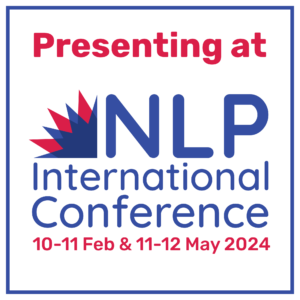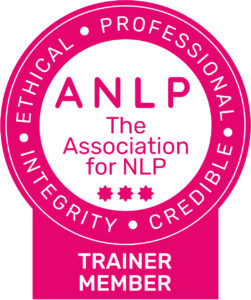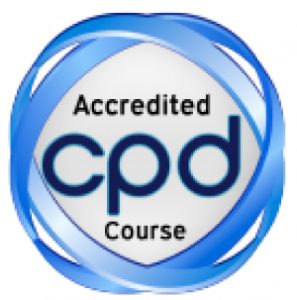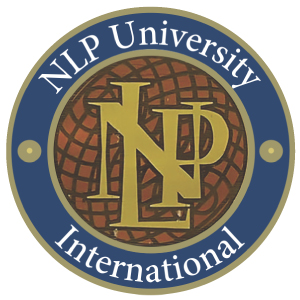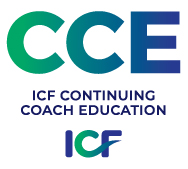How to Use Team Coaching in Business

Team coaching is growing increasingly popular. It can be used to facilitate the quick assembly of high-performing teams. It can be used to maintain the performance of existing teams: chemistry can change when individual members leave, or cynicism can develop when teams get ‘stuck’.
It is of particular use with international teams who meet infrequently and may have different cultures and approaches.
How is team coaching in business done best?
My preferred approach takes the following form:
1. The coach meets with the team leader and identifies the required outcomes and the main issues that the team faces.
The coach also listens to the leader’s views on each team member. This interview can be a lengthy one: as long as is deemed necessary.
2. The coach then meets briefly – say 45 minutes – with each team member, to understand their perspective and wants.
3. A team-building event is held offsite for a day and a half (including a social meal in the evening). During this event, various exercises focus on the process of team interaction rather than on the content of what the team has been formed to do.
4. Regular one to one coaching should continue after the event, to keep things on track.
The point about process in Phase 3 is vital and unusual for teams (and people in general). Most meetings deal with goals, responsibilities and timelines. Even board meetings tend to be focused on strategic outcomes and reviewing performance. It is rare that people meet to focus purely on the way they interact. But this is often where a coach can add most value.
Drawing distinctions between narratives and ‘the moment’
One of the key approaches for the coach comes from the field of existential psychotherapy pioneered by Rollo May and, later, Irvin Yalom, where a distinction is drawn between narratives and ‘in the moment’ actuality.
Often as coaches, we hear a narrative from a client that paints a picture of themselves as a victim in a certain situation.Yet when we see them actually interacting in that situation, they seem totally different, often quite aggressive.
The coach can, at the right moment, point out this contrast. A more honest understanding in the client of their own behaviour can emerge and, where needed, the behaviour can change.
Often the comments individuals make about their colleagues during the ‘phase 2’ sessions above are not matched by what we see when we talk with the colleagues or by what they actually do or say at the ‘phase 3’ event.
This provides for an opportunity for subtle comments at the time and opens rich potential coaching opportunities for the ‘phase 4’ sessions after the event.
Staying above the agenda
During the entire process, the coach will hear various agendas and will need to stay above these and not buy into them. Perhaps the most dangerous is that of the team leader, who may feel they can use the coach as a covert way of exercising power over team members.
Despite the fact that the organization is paying your fee, that is not what you are there for.
Did you like this post?
Then check out our events and courses!
Where to find us
For posts, events, free open days and more, follow NLP School on:
What to read next
The Importance of Purpose in Coaching
My Three Most Influential Business Books




